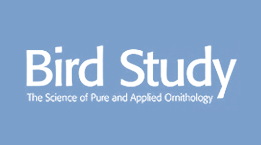Changes in upland bird abundances show associations with moorland management
Capsule: Changes in abundance of six bird species showed associations with moorland management.
Aims: To assess responses of breeding birds to moorland management over a 14-year period.
Methods: Vegetation and birds were surveyed at 2–3-year intervals and changes examined in relation to sheep and cattle grazing, vegetation burning and cutting.
Results: Seven correlations between change in management and change in bird abundance were detected, and six between change in vegetation and change in bird abundance. On plots where sheep numbers declined, Golden Plover Pluvialis apricaria and Northern Wheatear Oenanthe oenanthe declined. Where a greater area was burned, Golden Plover increased in the initial post-burning period but Red Grouse Lagopus lagopus scotica declined. Eurasian Curlew Numenius arquata and Sky Lark Alauda arvensis increased where a greater area of moorland vegetation was cut. Whinchat Saxicola rubetra declined with increasing cattle numbers on a plot.
Conclusions: Bird populations respond to changes in moorland management, but these changes are not always associated with detectable changes in vegetation. These responses of moorland breeding birds to management could help refine agri-environment options and other conservation interventions on moorland. Responses differed between bird species, ideally requiring site-specific planning where managing for multiple species is a goal.


